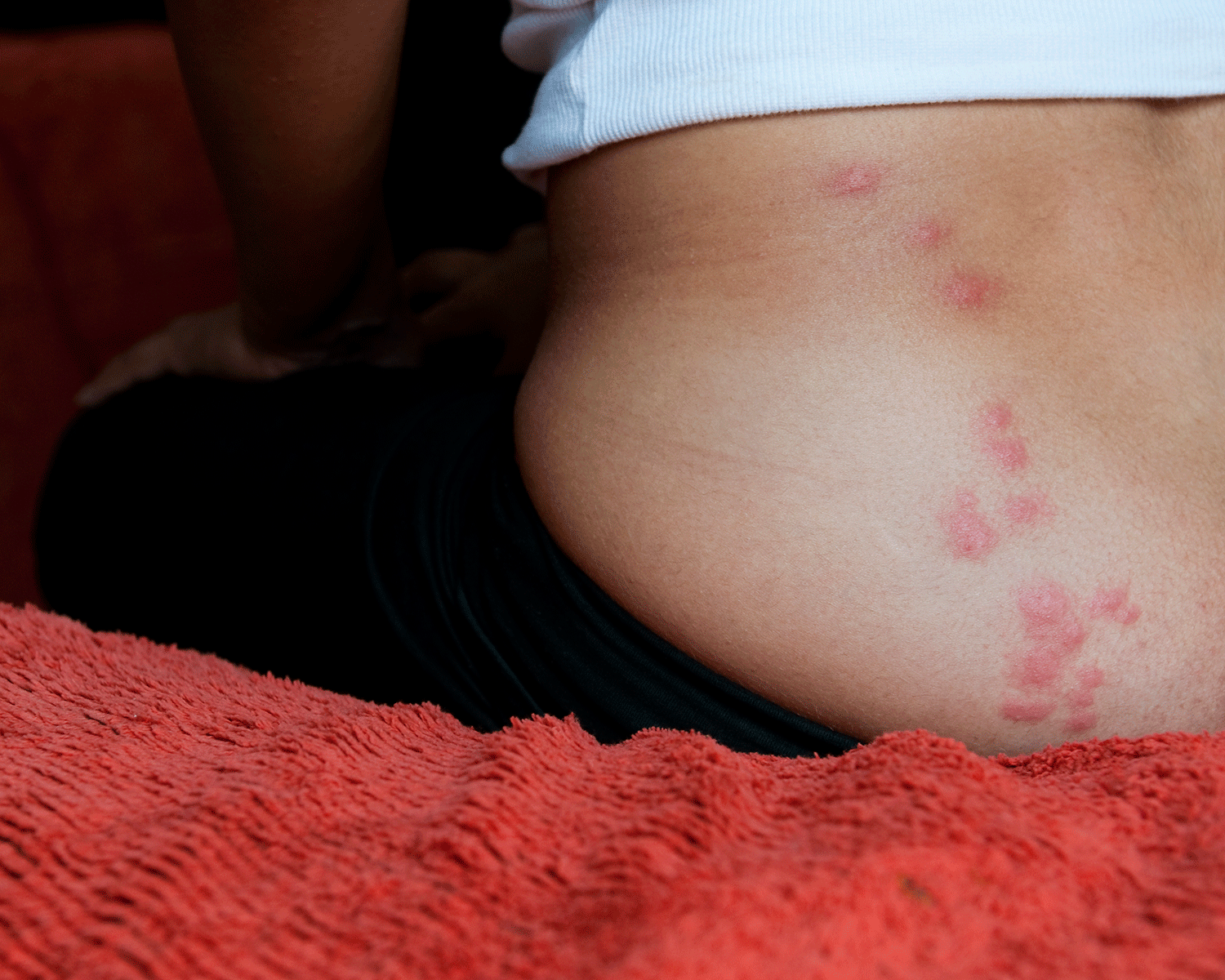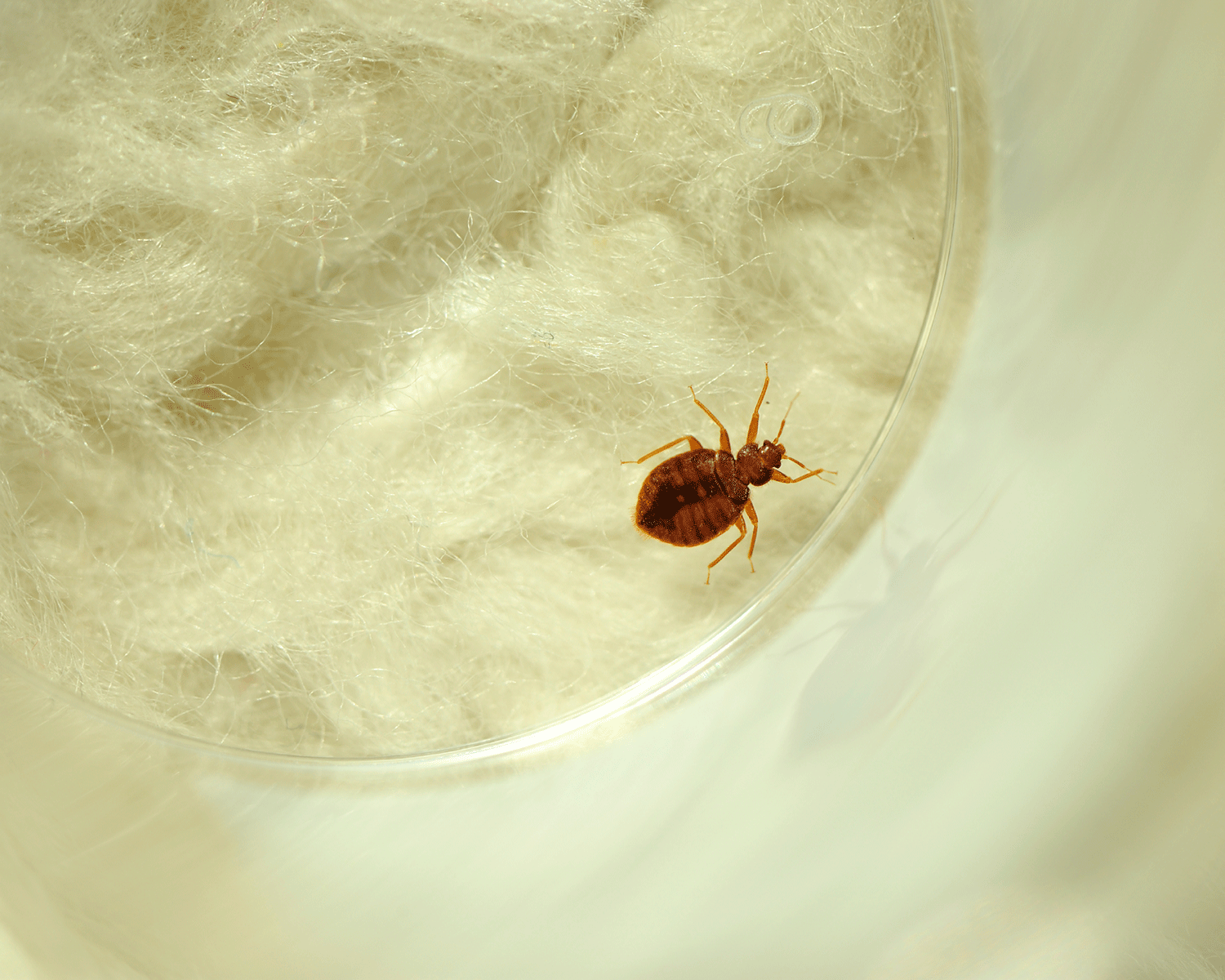Bedbugs are attracted to and repelled by certain colours, scientists discover
The parasites dislike yellow and green the most

Your support helps us to tell the story
From reproductive rights to climate change to Big Tech, The Independent is on the ground when the story is developing. Whether it's investigating the financials of Elon Musk's pro-Trump PAC or producing our latest documentary, 'The A Word', which shines a light on the American women fighting for reproductive rights, we know how important it is to parse out the facts from the messaging.
At such a critical moment in US history, we need reporters on the ground. Your donation allows us to keep sending journalists to speak to both sides of the story.
The Independent is trusted by Americans across the entire political spectrum. And unlike many other quality news outlets, we choose not to lock Americans out of our reporting and analysis with paywalls. We believe quality journalism should be available to everyone, paid for by those who can afford it.
Your support makes all the difference.Bedbugs show a distinct preference for hiding in certain colours, scientists have discovered.
The insects, which are parasites that feed on human blood, more frequently chose to hide in red or black areas - suggesting these might be colours to avoid when purchasing a duvet.
Researchers from the University of Florida and Union College in Lincoln placed bedbugs in Petri dishes with different coloured card.
The insects are thought to prefer red because it is the same colour as they are and may represent a group of bedbugs and therefore safety, and black because it is dark and the creatures tend to live in crevices.
Their least favourite colours, meanwhile, are green and yellow.

Dr Corraine McNeill, one of the co-authors of the study, said it was likely these colours were associated with light by bedbugs but green sheets were not a sure means of repelling Cimex lecturalius.
"I always joke with people, 'make sure you get yellow sheets!'," said Dr McNeill.
"But to be very honest, I think that would be stretching the results a little too much.
"I think using colours to monitor and prevent bed bugs would have to be specifically applied to some sort of trap, and it would have to be used along with another strategy for control."
Rather, the scientists said this new knowledge might help attempts to trap the insects once established in a mattress.
Pheromones and carbon dioxide could be used in conjunction with particular colours, according to the study published in the Journal of Medical Entomology.
Bedbugs are visible to the naked eye at 5mm long and are attracted to the heat of the human body.
Bites tend to occur in straight lines, unlike mosquitos, but are not dangerous and do not transmit any human diseases.
Join our commenting forum
Join thought-provoking conversations, follow other Independent readers and see their replies
Comments